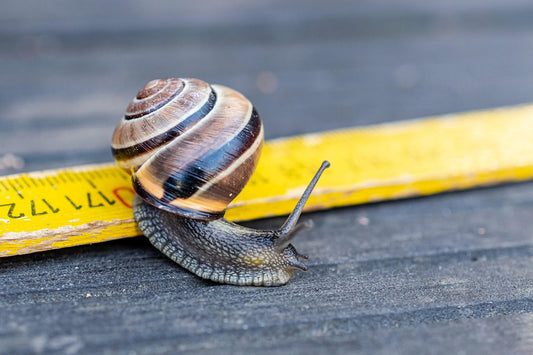The same could be said of analog too. Same vinyl disc, very different sound depending on the mechanics of playback.But we've covered these issues in detail before. What's emerging as interesting is digital noise and its impact on sound quality. Noise enters the system through the power line, power supply, EMI, RFI, ground contamination. As we work on building the new Octave Music Server we're discovering the importance of isolating everything internal to the device. Metal shields, trick grounding schemes, optical isolation all play a part. It's why FLAC or ALAC sound different than WAV or AIFF. The increased computational activity needed to unfold the compacted data increases noise. The result is more jitter. Prevent the noise from impacting other systems and the formats begin to sound the same. I'll keep you up to date on our progress as we make.
Keeping your distance
by Paul McGowan
One of the great mysteries of our art has started to unravel. Why identical bits sound different.
Of course, we understand bits are bits—just as numbers are numbers. 2+2=4. But that's where it gets interesting. Timing, jitter, noise, all impact sound quality—just as they impact computational speed. The answer to an addition problem should always be the same, the speed at which it is calculated is not.
The same is true for digital audio. The music from the bits is always the same, the quality of presentation is not.
- Choosing a selection results in a full page refresh.
- Opens in a new window.








